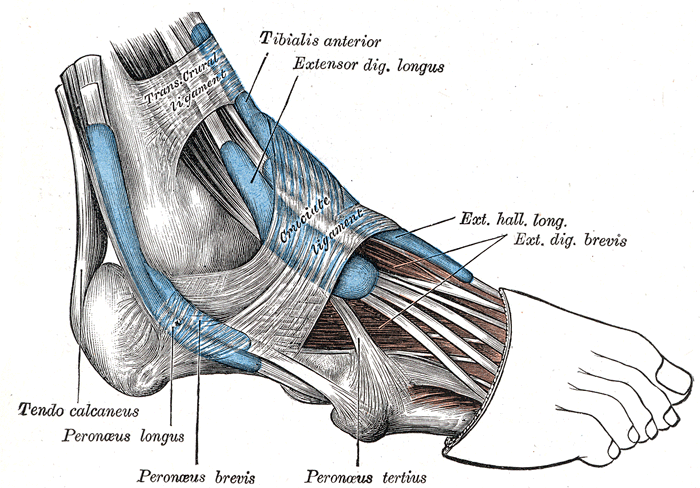 Recent research from the University of Queensland scientists has shed some light on the role other foot muscles play in arch support. The scientists used an experiment that involved weights to prove this. Upon studying the movement of the muscles in the foot, it became clear that more muscles aid in arch support than originally thought.
Recent research from the University of Queensland scientists has shed some light on the role other foot muscles play in arch support. The scientists used an experiment that involved weights to prove this. Upon studying the movement of the muscles in the foot, it became clear that more muscles aid in arch support than originally thought.
Dr. Glen Lichtwark and his colleagues at the university conducted another experiment using electrical stimulation. When activated, the tissues in the arch began to rise. Lichtwark believes that this could play an innovative role for the feet when it comes to designing footwear, injury rehabilitation and understanding bipedalism.
The biomechanics are the cogs behind the gears that manage your feet. If you would like more information, see one of our doctors at New York Foot and Ankle. Our specialists can assess and provide in-depth information as well as measure your personal foot biomechanics.
A History of Biomechanics
- Biomechanics dates back to the BC era in Egypt where evidence of professional foot care has been recorded.
- In 1974 biomechanics gained a higher profile from the studies of Merton Root, who claimed that by changing or controlling the forces between the ankle and the foot, corrections or conditions could be implemented to gain strength and coordination to the area.
Modern technology improvements are based on past theories and therapeutic processes providing a better understanding of podiatry concepts for biomechanics. Computers provide accurate determinations about the forces, moments and patterns of the foot and lower legs with the most important information captured.
Advances in materials and more awareness of biomechanics have developed enhanced corrective methods, offering further options for foot-related injuries. Understanding foot biomechanics can help improve and eliminate pain, stopping further stress to the foot.
If you have any questions feel free to contact us at one of our locations in New York. We offer the latest in diagnostic and treatment technology to meet your needs.
Read more about Biomechanics of Podiatry.
